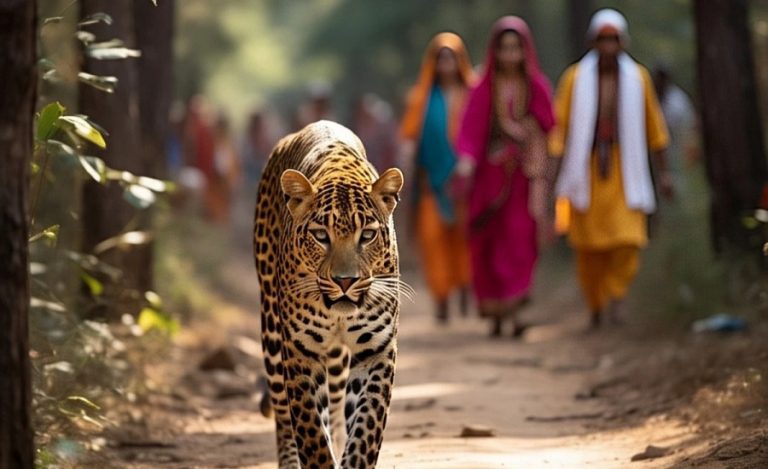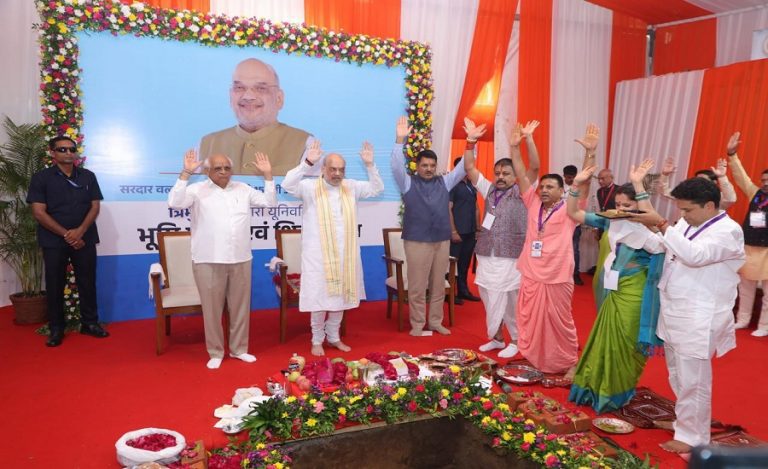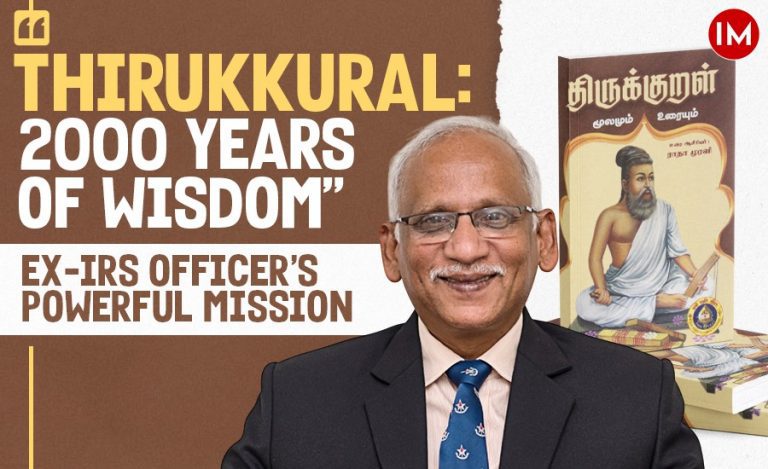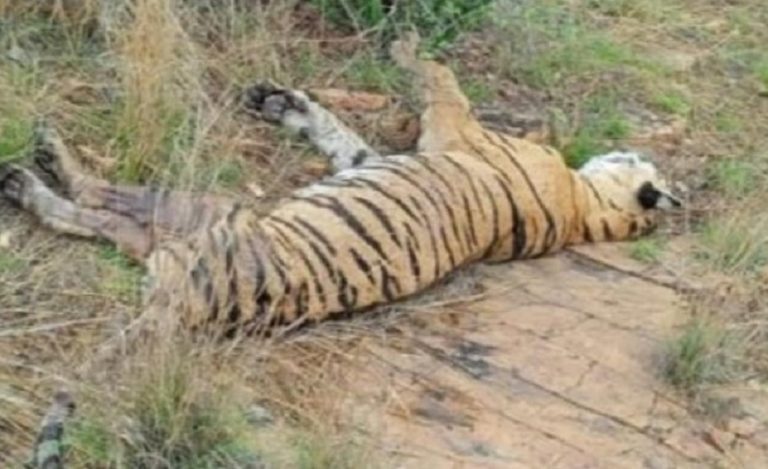Eco-tourism or ecological and culturally sensitive tourism allows the travelers to spent time in the lap of nature and experience its most pristine form. However, in the past few decades, this sector is getting limited to wildlife areas only, mostly tiger reserves.
Indian Forest Service officer Sunil Choudhary has been focusing on boosting eco-tourism in Uttar Pradesh by developing the necessary infrastructure. During an exclusive conversation with Indian Masterminds, the APCCF, UP, said that nature has so much more to offer, so we need to now move beyond tigers.
PROMOTING BEAUTY OF NATURE
Mr. Choudhary said, “Intentionally or unintentionally, our eco-tourism has become tiger centric. We can proudly say that the tiger doesn’t need much of our help. Most of our tiger reserves have increased the numbers of tigers and some has even doubled it. We need to now look beyond tigers?”
He also said that most tourists visiting reserves feel disappointed if they don’t see tigers. People are slowly forgetting to appreciate the beauty of nature, other animals and the rich flora and fauna. Hence, while promoting eco-tourism, the UP government is focusing on promoting the beauty of nature. It is a very sustainable form of tourism, he added.

He further pointed out that UP is one of the states to have a eco-tourism policy. The state is divided into nine circuits, which includes Lakhimpur Kheri-Pilibhit-Katarniaghat circuit, Agra-Etawah circuit, Chandrakanta eco-toursim circuit. These circuits cover tigers, Gangetic dolphins, geological and archeological sites.
“You take the example of Mirzapur. It has caves with different paintings which can be interesting for many. We just need to develop and promote them,” he said.
PROMOTING AGRA-ETAWAH CIRCUIT
Every year, lakhs of tourists come to Agra, out of which, many are foreigners. Mostly they see the Taj and return. “If they become aware of the Taj-Etawah circuit and what it has to offer, why wouldn’t they stay and explore? Obviously, not everyone is interested in seeing and observing nature. But our focus is to tap only 4-5% of the tourists because eco-tourists are different from the others. They have to be responsible, well-read and nature lovers,” the officer said.

The Agra-Etawah circuit covers Taj Nature Walk, Sur Sarovar Bird Sanctuary (Keetham Lake), the Chambal Sanctuary famous for dolphins and ghariyals and lion safari in Etawah. The forest department is working in collaboration with the tourism department to promote this circuit. The focus is to provide basic necessities to the tourist like home stay and good food. Other circuits are also being developed in a similar manner.
BREEDING RHINOS IN DUDHWA
Mr. Choudhary, who also served as the Director of Dudhwa National Park, further said that for conservation of wildlife, we need to take risk and make instant decision. He shared a personal experience: “You can now find tigers across the country and in various weather and natural conditions. But, apart from the northeast, especially Assam, we rarely find rhino anywhere in the country. In Dudhwa, we brought rhino way back and inbred them in a separate enclosure. To end the effects of inbreeding and grow a different population, we had to shift them to a new location. It was a risky decision but we had to take it. In 2017, after many hurdles, we took three female and one male and moved them 14 km away from that enclosure. I am happy to share that last year, breeding happened and a calf was born.”
Today, the number of rhinos in Dudhwa is around 32, which proves that foresightedness and timely action can go a long way in boosting any conservation initiative.

































